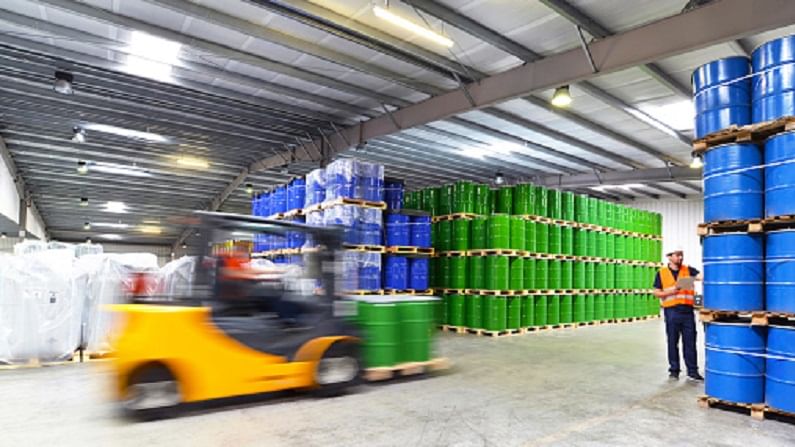Oil imports bill triples in Q1 to $24.7 billion
India may have foot $100-billion bill as fuel consumption is picking up in the wake of relaxations in lockdowns.

India’s expenses on crude oil imports have soared even though the fuel consumption is nowhere near pre-Covid levels. Domestic consumption is still considerably low. In the Q1FY22 (April-June), India’s crude oil imports nearly tripled. This was triggered by a sharp rise in global oil prices, adding to the concerns of the policymakers. More than 80% of the crude oil processed in India is imported. There was a sharp fall in the first quarter owing to the second wave of the pandemic which led to lockdowns of different intensities across the country.
As per official data, India footed a fuel import bill of $24.7 billion in the April-June quarter compared with $8.5 billion in the same quarter last year. The volume stood at 51.4 million tonnes, exhibiting a modest growth of 14.7%.
The oil import bill has gone up significantly even though the domestic consumption is yet to attain pre-Covid levels. There is little possibility of global oil prices falling in the near future.
With pandemic-related curbs being eased and economic activity picking up pace, fuel consumption is all set to rise as well. Keeping both these factors in mind, India’s total import bill for FY22 could exceed $100 billion, according to a report in the Mint.
Pre-pandemic consumption levels
As per data from the Petroleum Planning and Analysis Cell (PPAC), India had spent $62.7 billion in importing a little over 198 million tonnes of crude oil in 2020-21. PPAC is responsible for maintaining the official data of the Ministry of Petroleum and Natural Gas.
Energy expert SC Sharma opines that the spike in India’s oil import bill in the current fiscal could be attributed to the high crude oil prices in the global markets. In FY22, the price of a single barrel of crude oil stands at $67.44 compared to $44.82 per barrel, which was the average import price for FY21.
As per PPAC, in July the average oil import price soared to $73.54 a barrel. Currently, crude prices are volatile and pretty much above the $70 per barrel mark.